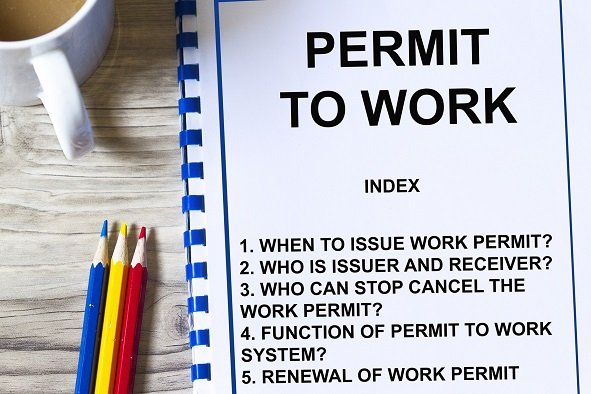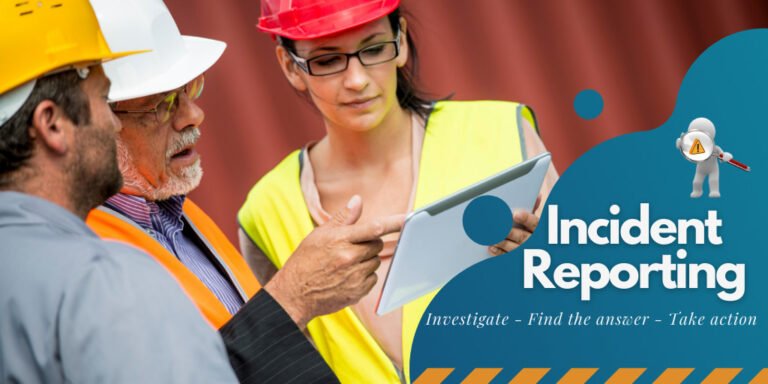Body Protection and Safety Clothing – 12 Modules | One Day USD: 150/- and Two Day USD: 250/- Per Pax.
Description
Module 1: Introduction to Body Protection
- Importance of protecting the body in the workplace
- Common body injury risks and exposure scenarios
- Legal requirements and safety standards (OSHA, ISO, EN)
Module 2: Types of Body Hazards
- Physical, chemical, thermal, biological, and mechanical hazards
- Risk factors by industry and job role
- Examples of incidents caused by lack of protection
Module 3: Hierarchy of Controls and Role of Safety Clothing
- Control measures before PPE
- When and why body protection is required
- Integration with other PPE (gloves, helmets, respirators)
Module 4: Types of Protective Clothing
- Coveralls, aprons, jackets, and lab coats
- Disposable vs. reusable protective clothing
- Specialized clothing (cut-resistant, flame-resistant, chemical suits)
Module 5: Flame and Heat-Resistant Clothing
- Materials and design for thermal protection
- FR clothing standards (NFPA 2112, ISO 11612)
- Proper use in hot work and fire-prone environments
Module 6: Chemical and Biological Protective Clothing
- Types of suits (Level A, B, C, D)
- Permeation and breakthrough concepts
- Decontamination and disposal procedures
Module 7: High-Visibility and Reflective Clothing
- Use in construction, traffic, and low-light environments
- Color coding and visibility standards (ANSI/ISEA 107, EN ISO 20471)
- Inspection and replacement requirements
Module 8: Cold and Thermal Protective Clothing
- Insulated and moisture-resistant garments
- Layering techniques for thermal comfort
- Safety in cold storage and outdoor work
Module 9: Proper Selection and Sizing of Clothing
- Matching clothing to specific hazards and job tasks
- Comfort, flexibility, and compatibility with other PPE
- Gender and climate considerations
Module 10: Maintenance, Cleaning, and Storage
- Manufacturer care instructions
- Contamination control and laundering
- Storage to maintain integrity and hygiene
Module 11: Inspection, Replacement, and Disposal
- Signs of wear, damage, or contamination
- Replacement frequency and disposal methods
- Recordkeeping and compliance
Module 12: Training, Awareness, and Safety Culture
- Educating workers on body protection use
- Promoting consistent PPE compliance
- Building a culture of personal responsibility and safety
View more Courses
Hi, Welcome back!




